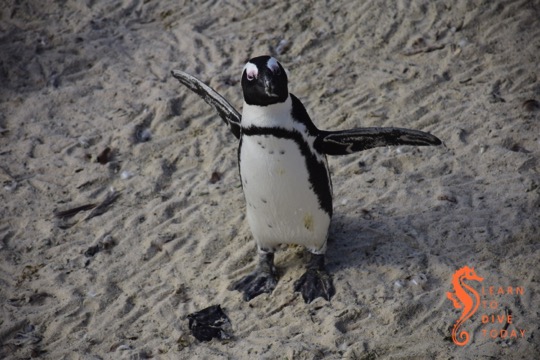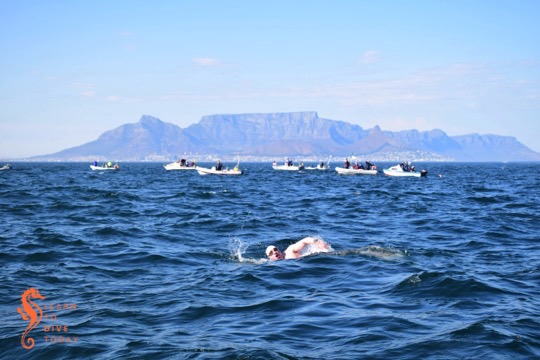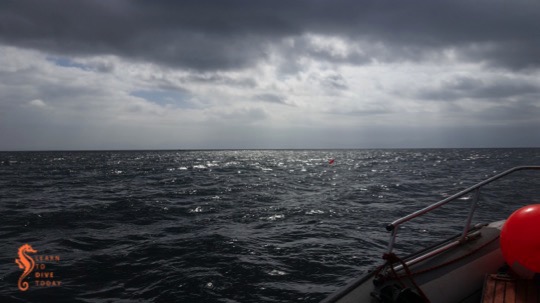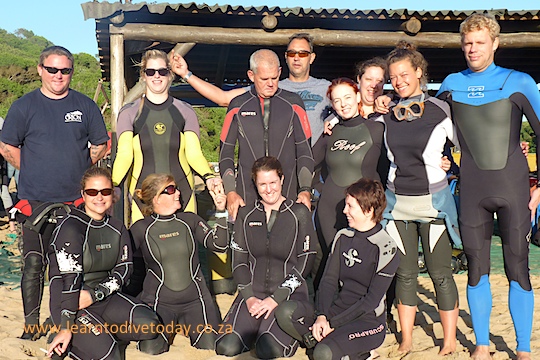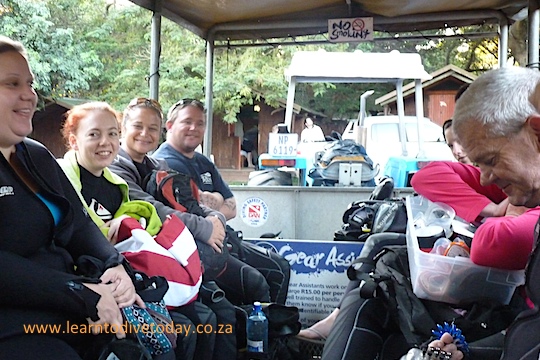The Annotated Old Fourlegs – Mike Bruton (and Prof J.L.B. Smith)
This is a beautifully designed and produced annotated version of Old Fourlegs, J.L.B. Smith’s account of the discovery and positive identification of a living coelacanth in 1938. Wide margins around the original text allow Mike Bruton to bring Old Fourlegs up to date with additional scientific information, as well as photographs, explanations, and other curiosities.

Old Fourlegs describes the months in 1938-1939 during which Smith confirmed the identity of the coelacanth with the essential assistance of Marjorie Courtenay-Latimer of the East London Museum. Ms Courtenay-Latimer acquired a fish specimen from a trawler captain, and, realising that it was an exceptional find, contacted Smith, an ichthyologist at Rhodes University. A rollercoaster of events – which involved the chartering of a South African Airforce plane and stretched all the way to then-Prime Minister D.F. Malan – was set in motion. Old Fourlegs is a surprisingly emotional, thrilling book by a man deeply invested in his work, and whose world was upended by the discovery of living coelacanths in the waters of the southern Indian Ocean.
It is also a book of its time, and today’s readers will find some parts by turns mystifying, and others offensive. The offensive bits – including lionising D.F. Malan, who, with his government, laid the foundations of the edifice of South Africa’s apartheid legislation – remain so, but Bruton’s annotated version provides context for readers unfamiliar with the history.
The book concludes with an examination of the cultural legacy of the coelacanth, which is disproportionately significant. The fish also has deep and wide links to South Africa and our research and diving community. If you have the appropriate (very deep diving) qualifications, you can dive with them in Jesser Canyon in Sodwana Bay. If you’ve never seen a video of one of these magical animals in motion, I encourage you to hit up youtube. Watch with the sound off for best effect.
Get the book here (South Africa), here or here. This is a volume you should read in hard copy, not as an ebook.








